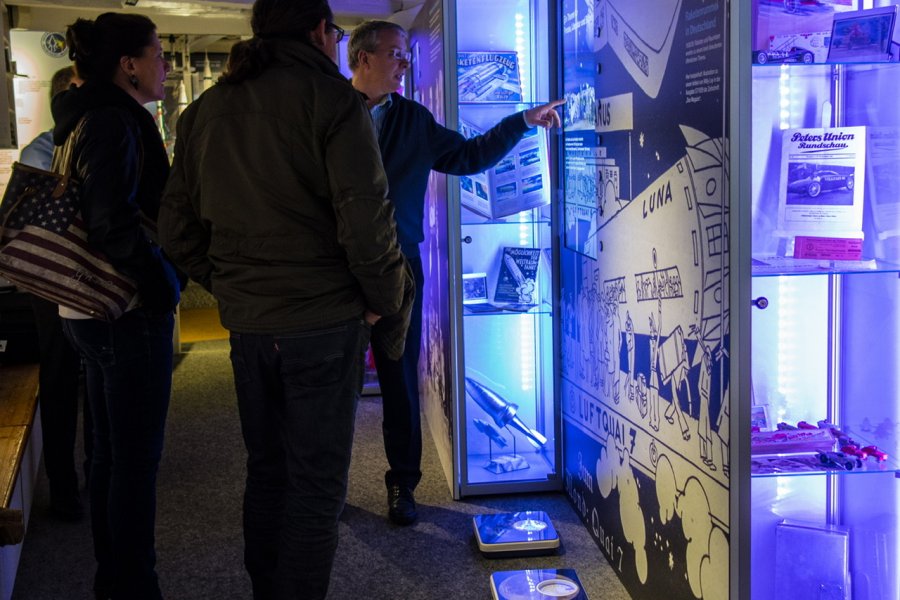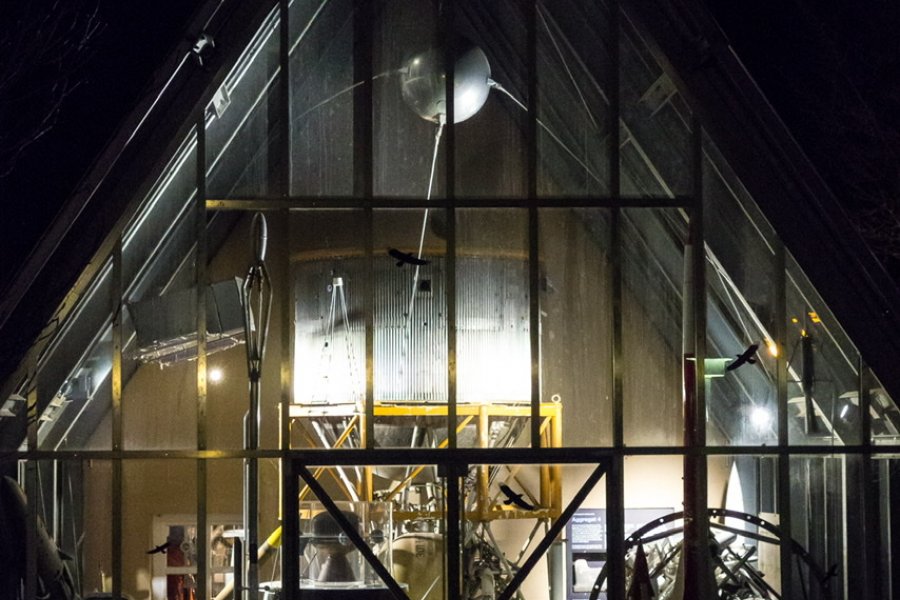The Hermann Oberth Space Museum is the oldest dedicated space museum in Western/Central Europe. Already in 1971 - only two years after the first moon landing - it was founded by representatives of the then Hermann Oberth Society in order to permanently honor the life’s work of the “father of space travel” in the authentic place.
Today, the Hermann Oberth Space Museum is the museum and archive for space history in Germany. Based on Hermann Oberth’s groundbreaking achievements, a unique focus is set on the early history of rocketry and spaceflight in the first half of the 20th century. This “early” space history ranges from the initial theoretical considerations of how spaceflight can be achieved to the first practical steps into space at the end of the 1950s.
The permanent exhibition in the gatekeeper’s house of the Pfinzingschloss in Feucht, redesigned from 2012 to 2014, sheds light on the development of space travel from Jules Verne’s fictions to theory formation by Hermann Oberth and others, to technical realization since the development of the first liquid rockets in the 1920s. The exhibition spans the entire history of space travel in the 20th Century.
With the help of many original documents and exhibits, models and media, which come from Hermann Oberth’s estate, as well as from space institutions and private collections, the exciting, but now widely unknown early phase of space travel comes to life.



